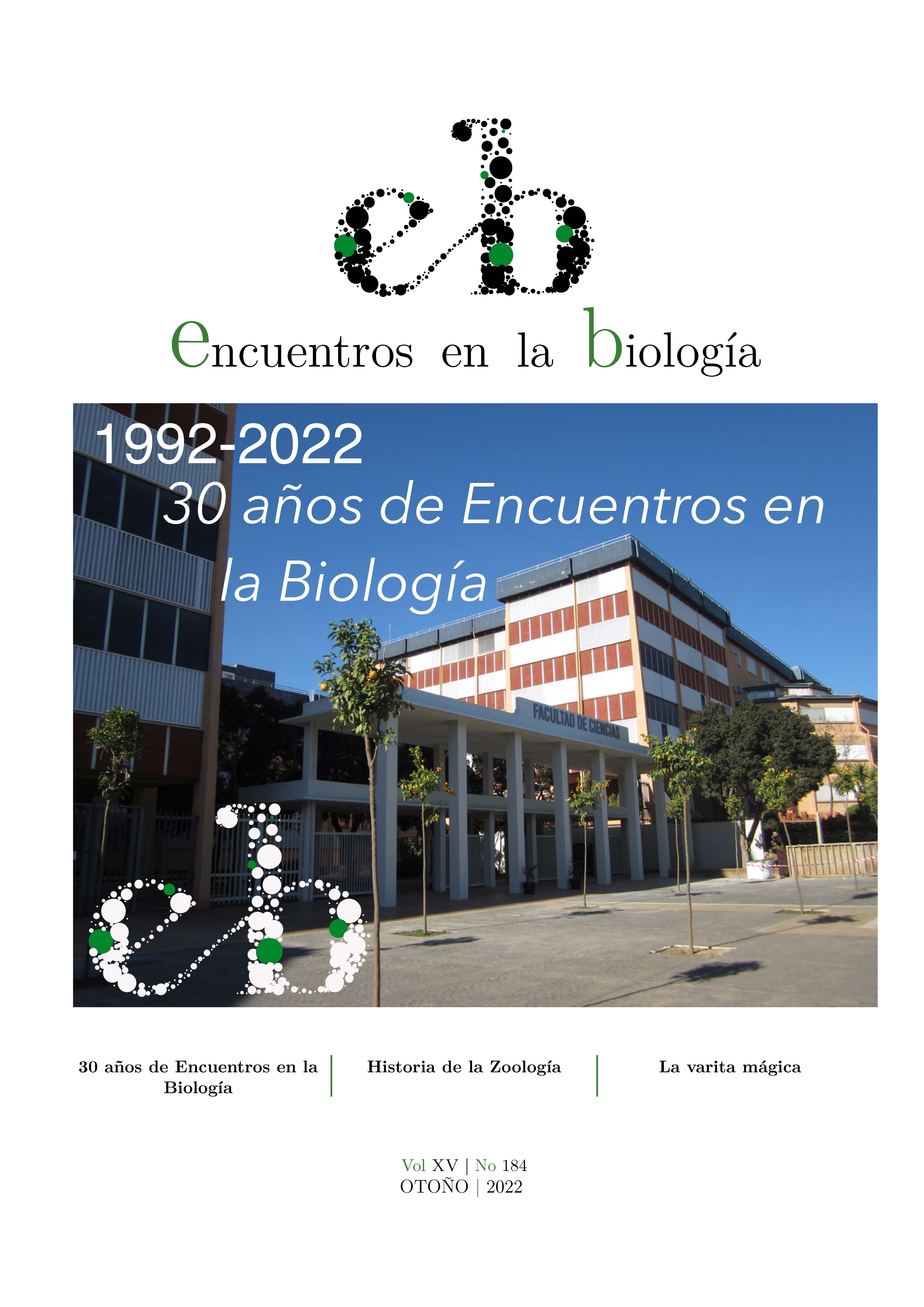The magic wand
DOI:
https://doi.org/10.24310/enbio.v15i184.17140Abstract
Science sometimes runs into natural manifestations of cabalist sequences that defy our intrinsic skepticism. The Fibonacci sequence is one of the famous, but there are others just as striking, as our invited of today, that explains some unequal distribution of elements within biological sets. As in the past, we will explore some shores of the matter with the help of R to learn a little more about this language while marveling with some suspicious coincidences between numerology and biology.
Downloads
Metrics
Publication Facts
Reviewer profiles N/A
Author statements
Indexed in
-
—
- Academic society
- N/A
- Publisher
- Uma Editorial. Universidad de Málaga
References
Cohen JE. Alternate derivations of a species- abundance relation. The American Naturalist 102: 165-172, 1968.
MacArthur RH. On the relative abundance of bird species. Proceedings of the National Academy of Sciences 43: 292-295, 1957.
Smart JS. Statistical tests of the broken-stick mo- del of species-abundance relations. Journal of Theoretial Biology 59: 127-139, 1976.
McGill BJ y 17 más. Species abundance distribu- tions: moving beyond single prediction theories to integration within an ecological framework. Ecology Letters 10: 995-1015, 2007.
Gamow G. Combinatorial principles in genetics. Ap- plied Combinatorial Mathematics. Beckenbach EF (ed.) Wiley, Nueva York. 1964.
Itoh Y y otros. The broken-stick model for amino acid composition in proteins. Journal of Mole- cular Evolution 16: 69-72, 1980.
Aledo JC. A census of human methionine-rich prionlike domain-containing proteins. Antioxidants 11: 1289, 2022.
Valverde H, Cantón FR y Aledo JC. MetOSite: an integrated resource for the study of methionine residues sulfoxidation. Bioinformatics 35: 4849-
4850, 2019.
Sóbol I. Método de Montecarlo. MIR, Moscú. 1976.
Downloads
Published
How to Cite
Issue
Section
License
Esta obra está bajo licencia internacional Creative Commons Reconocimiento-NoComercial-CompartirIgual 4.0.
Esta revista provee acceso libre inmediato a su contenido bajo el principio de hacer disponible gratuitamente la investigación al público. Todos los contenidos publicados en Encuentros en la Bilogía están sujetos a la licencia Creative Commons Reconocimento-NoComercia-Compartirigual 4.0 cuyo texto completo puede consultar en <http://creativecommons.org/licenses/by-nc-sa/4.0>
Se pueden copiar, usar, difundir, transmitir y exponer públicamente, siempre que:
Se cite la autoría y la fuente original de su publicación (revista, editorial y URL de la obra).
No se usen para fines comerciales.
Se mencione la existencia y especificaciones de esta licencia de uso
Los derechos de autor son de dos clases: morales y patrimoniales. Los derechos morales son prerrogativas perpetuas, irrenunciables, intransferibles, inalienables, inembargables e imprescriptibles. De acuerdo con la legislación de derechos de autor, Encuentros en la Biología reconoce y respeta el derecho moral de los autores/as, así como la titularidad del derecho patrimonial, el cual será cedido a la Universidad de Málaga para su difusión en acceso abierto. Los derechos patrimoniales, se refieren a los beneficios que se obtienen por el uso o divulgación de las obras. Encuentros en la Biología se publica en open access y queda autorizada en exclusiva para realizar o autorizar por cualquier medio el uso, distribución, divulgación, reproducción, adaptación, traducción o transformación de la obra.
Es responsabilidad de los autores/as obtener los permisos necesarios de las imágenes que están sujetas a derechos de autor.
Los autores/as cuyas contribuciones sean aceptadas para su publicación en esta revista conservarán el derecho no exclusivo de utilizar sus contribuciones con fines académicos, de investigación y educativos, incluyendo el auto-archivo o depósito en repositorios de acceso abierto de cualquier tipo.
La edición electrónica de esta revista esta editada por la Editorial de la Universidad de Málaga (UmaEditorial), siendo necesario citar la procedencia en cualquier reproducción parcial o total.






